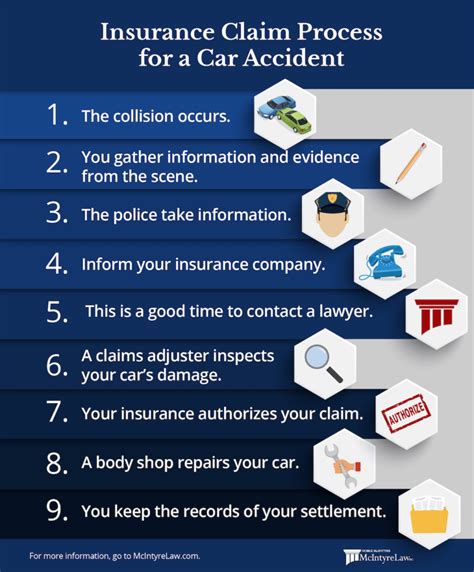Shortest Route Directions

Finding the shortest route between two locations is a fundamental problem in navigation and optimization, and it has practical applications in various fields, from logistics and transportation to daily commute planning. This article delves into the concepts, algorithms, and real-world implications of determining the shortest route, offering an expert-level analysis and practical insights.
Understanding Shortest Route Algorithms

The quest for the shortest route between two points has intrigued mathematicians and scientists for centuries. In the context of modern navigation and optimization, several algorithms have been developed to tackle this problem efficiently.
The Basics: Dijkstra’s Algorithm
Dijkstra’s algorithm, proposed by Dutch computer scientist Edsger W. Dijkstra in 1956, is a cornerstone in shortest path algorithms. It operates on a weighted graph, where the vertices represent locations, and the edges, with associated weights (distances or costs), represent the connections between these locations. The algorithm starts from a source vertex and iteratively selects the unvisited vertex with the lowest distance from the source, marking it as visited until all vertices are visited.
| Algorithm | Time Complexity |
|---|---|
| Dijkstra's | O(V log V + E log V) |
| A* (A-Star) | Varies based on heuristic quality |
| Floyd-Warshall | O(V^3) |
While Dijkstra's algorithm guarantees finding the shortest path, it might not be the most efficient in terms of time complexity for large graphs. This led to the development of more specialized algorithms for specific scenarios.
Advanced Techniques: A* and Beyond
The A* (A-Star) algorithm, an extension of Dijkstra’s, incorporates a heuristic function that estimates the cost from the current node to the goal. This heuristic, if admissible (never overestimating the true cost), can greatly reduce the search space and improve the algorithm’s efficiency. A* has found extensive use in video games, robotics, and real-time route planning.
For more complex scenarios involving negative edge weights or cyclic graphs, the Bellman-Ford algorithm offers a solution. It can detect negative cycles and is particularly useful in dynamic graph scenarios where edge weights might change over time.
Real-World Applications and Challenges

The practical applications of shortest route algorithms are vast and diverse.
Transportation and Logistics
In the transportation industry, these algorithms are pivotal for optimizing delivery routes, minimizing fuel costs, and improving efficiency. Companies like FedEx and UPS utilize advanced route optimization algorithms to plan efficient delivery routes, reducing fuel consumption and operational costs.
Urban Planning and Traffic Management
Urban planners and traffic engineers leverage these algorithms to study and optimize traffic flow. By simulating various traffic scenarios and analyzing the shortest paths, they can identify potential bottlenecks and design more efficient road networks.
GPS Navigation Systems
Modern GPS navigation systems employ real-time shortest path algorithms to provide users with the most efficient routes based on current traffic conditions. These systems often use A* or variants, taking into account real-time data from traffic sensors and user feedback.
Challenges and Future Trends
While shortest route algorithms have come a long way, challenges remain. Dynamic environments, real-time data processing, and the need for scalability in large-scale networks are areas of ongoing research. Machine learning and artificial intelligence are being explored to enhance the adaptability and efficiency of these algorithms.
Conclusion: A Navigational Paradigm
The quest for the shortest route is a foundational concept in navigation and optimization, with far-reaching implications in various industries. From logistics and transportation to urban planning and daily commute planning, the efficient determination of shortest paths continues to drive innovation and efficiency.
What are the key factors that can influence the choice of shortest route algorithm in real-world applications?
+The choice of algorithm depends on factors like the size of the graph, the presence of negative edge weights, the need for real-time updates, and the availability of heuristic information. For large graphs, Dijkstra’s algorithm might be computationally expensive, favoring A* or variants. In dynamic environments, algorithms like Bellman-Ford can handle changing edge weights.
How do GPS navigation systems incorporate real-time traffic data into their shortest path calculations?
+GPS navigation systems use A* or similar algorithms that incorporate real-time traffic data as a heuristic. This data, often sourced from traffic sensors and user feedback, provides an estimate of the current travel time along different routes, allowing the algorithm to dynamically adjust and suggest the most efficient path.
What are some of the challenges in implementing shortest route algorithms in large-scale transportation networks?
+Implementing shortest route algorithms in large-scale networks can be challenging due to computational complexity and the need for real-time updates. Scalability, especially in dynamic environments with changing traffic conditions, is a key challenge. Additionally, the accuracy and reliability of real-time data sources play a crucial role in the algorithm’s performance.



